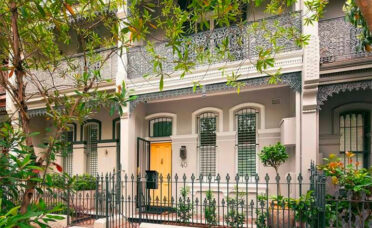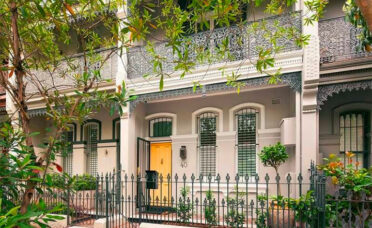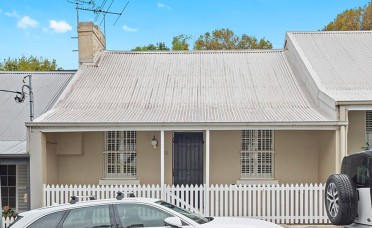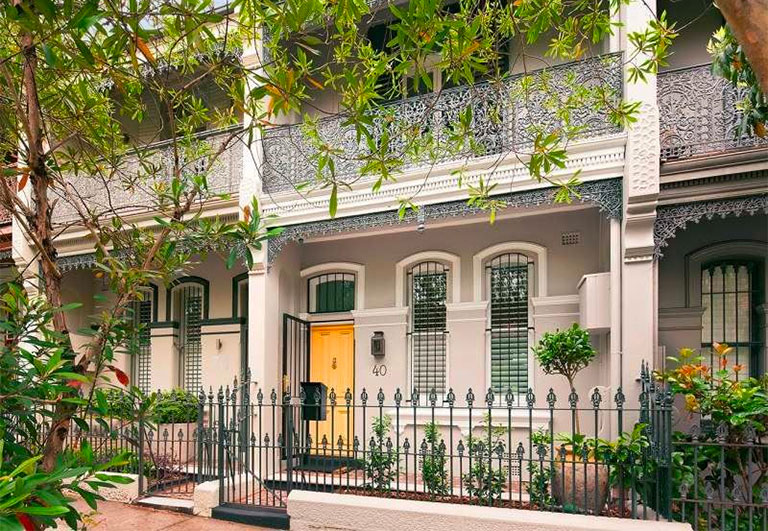
Sitting down to put the proverbial pen to paper, I realised there has been so much said about the current property market, that maybe it’s already all been said. So many theoretical COVID-linked property ideas have been unwrapped, expounded and debated by better writers than myself with various points of view and barrows to push, perhaps no-one wants to listen anymore.
My usual writing is scientific, based on my early Science training, but COVID has made things emotional, and all the numbers and charts are starting to lose their focus. It is a time when market forces and predicted price consequences are upside down.
‘What’s your gut feeling about what’s going on in Woollahra and Paddington, through to Potts Point and Elizabeth Bay?’, I was asked yesterday. I like gut feeling questions as it’s my own view, purely based on being a Buyers Agent doing one- on-one opens, talking to agents, doing research, and seeing both buyers’ and vendors’ hope and fear.
A few thoughts which correlate to some degree. Firstly, there is a two-speed economy at play in these areas over the past 18 months – fast speed, high torque or medium speed – while the slow speed switch has broken a while ago.
Secondly, just because someone pays a lot more than the market expects, it doesn’t mean the property is now worth that amount. A high price outlier can distort statistical analyses and can be excluded.
Woollahra, Potts Point/Elizabeth Bay, and Paddington, have a limited supply of higher-end properties above $5m and the demand is high, pushing prices up. It is a two-speed economy in this part of the Eastern Suburbs at this price point, closer to the City.
Fast speed price rises include premium stock over $5m. There are some off-market bullish prices being asked for waterfront-facing units, with properties on the market for 50% increases from being purchased in 2019 and early 2020. COVID was first causing shutdowns all around the country and it was a risk to purchase in such an unknown time.
The larger ‘lock up and leave’ single-level mega apartments of 250m+ can command these prices as they are a good alternative to a large house and offer COVID era space if working or schooling at home. Size and cash are key in this climate.
One such unit in Darling Point in a block of three was purchased for around $5m two years ago, fully renovated to a very high standard just prior to COVID. The current asking price off-market is around $7.5m. It’s a beautiful property and it deserves to sell. It’s hard to tell with hindsight if it was purchased at a good price or is selling for a high price, but it is hoping to achieve a 50% gain in two years.
Just down the road, an unrenovated unit with amazing water views sold two years ago as well, but for mid $4ms. After a comprehensive renovation, it is being marketed for mid $8m, hoping to almost double in two years.
An Elizabeth Bay unit sold three years ago for mid $4ms is being marketed at close to $9m.
While these properties have not sold yet, many others have, setting precedents to help justify these big price increases. As I say to buyers, ignore what someone paid as they may have bought well, purely focus on what the property is worth today.
Clearly, these fast speed returns are possible for select unique properties on the water. This large jump in prices has also been fuelled by larger $10m+ homes in Vaucluse/Bellevue Hill selling for millions more than expected. Downsizers looking for single-level units are happy to spend this windfall and pay excessive prices, where $4-$7m homes/units sell for $1-$2m more.
In addition, expats are driving up prices in this range as they become concerned about expiring loan approvals and the risk of arriving home to no house. Many of these highly-priced properties are selling pre- or off-market, typically not having a-four week selling campaign, and driven by the network of Buyers Agents moving clients through properties the general market will never see. By the time it’s on the real estate portals, it has been pre-marketed and run past all the Buyers Agents and databases.
Another valid contribution to this high energy part of the market is that it is hard to compare the difference between $6 and $8m, but comparing $2 and $4m is easy… This is half the issue, as there are less comparable sales at the higher level, at which point $1m errors can easily be made. Spending $7m on a $6m property is less obvious compared to paying $3m for a $2m property where you overpaid 50%.
Over five years the returns are still impressive but seem easier to justify with the passing of time. Examples include two sales two months ago in a waterfront-facing block in Elizabeth Bay, with both large 240m+ units selling five years ago for around $5m, and recently sold for mid $8m. That’s a 70% return in five years. In the words of Midnight Oil, the rich get richer while the poor get the picture.
The medium-speed economy is the $2-$5m range properties in the East and Woollahra where normal auction situations and a four-week marketing campaign are occurring. Prices are capped by ordinary families limited by bank loans and not downsizing.
This part of the economy in Woollahra is following the five-year trend of a 40% increase in the median house price. Having said that, there are the occasional hot spot auctions where the fast speed comes into play, even for the lower-priced properties. It is rare, but still occurs.
The second point that has been rolling around my mind is that the old Real Estate Agents adage that a property is worth what someone will pay is not necessarily true. If someone overpays, yes, it will eventually with time be worth that amount, but it doesn’t mean the buyer’s overall profit at sale is as healthy as it could have been, if they had paid less.
I’m aware of a Paddington terrace purchased for $3.18m four years ago which just sold for $3.05m after a $100k renovation and stamp duty. I tell all my clients this, but it is sometimes easy to feel that inflation will take care of your over-exuberance when buying a home (especially at an auction held online while you relax at home swilling half a bottle of wine…).
There will be repercussions for years as far as these outlying property sales are concerned, whether they are part of the medium or fast property economy. My genuine feeling is that they will be grouped together as the ‘COVID anomalies’ and will be excluded from the Comparative Market Analysis that Agents and Bank valuers use when pricing a property.
They are easy to see even at this early stage and in some cases represent buyers who paid too much in the emotive heat of the moment. The fast economy properties at higher price points are less loan-driven, so are not as prone to interest rate stress, but some of the medium-priced properties were pushed up high, with matching high loans.
Interest rate increases will possibly affect some of these properties first, resulting in their being sold at lower prices as distressed stock as supply and demand mechanics change. These property values could actually come back to the pack and join the more average prices, with parity being restored.
Please contact me if you’d like to discuss your search or the market in general.
Get in touch with David to find out more about the Eastern Suburbs market, or make an appointment to discuss your requirements and see how we can help you get into your ideal home sooner.
Read more about David Turnbull-
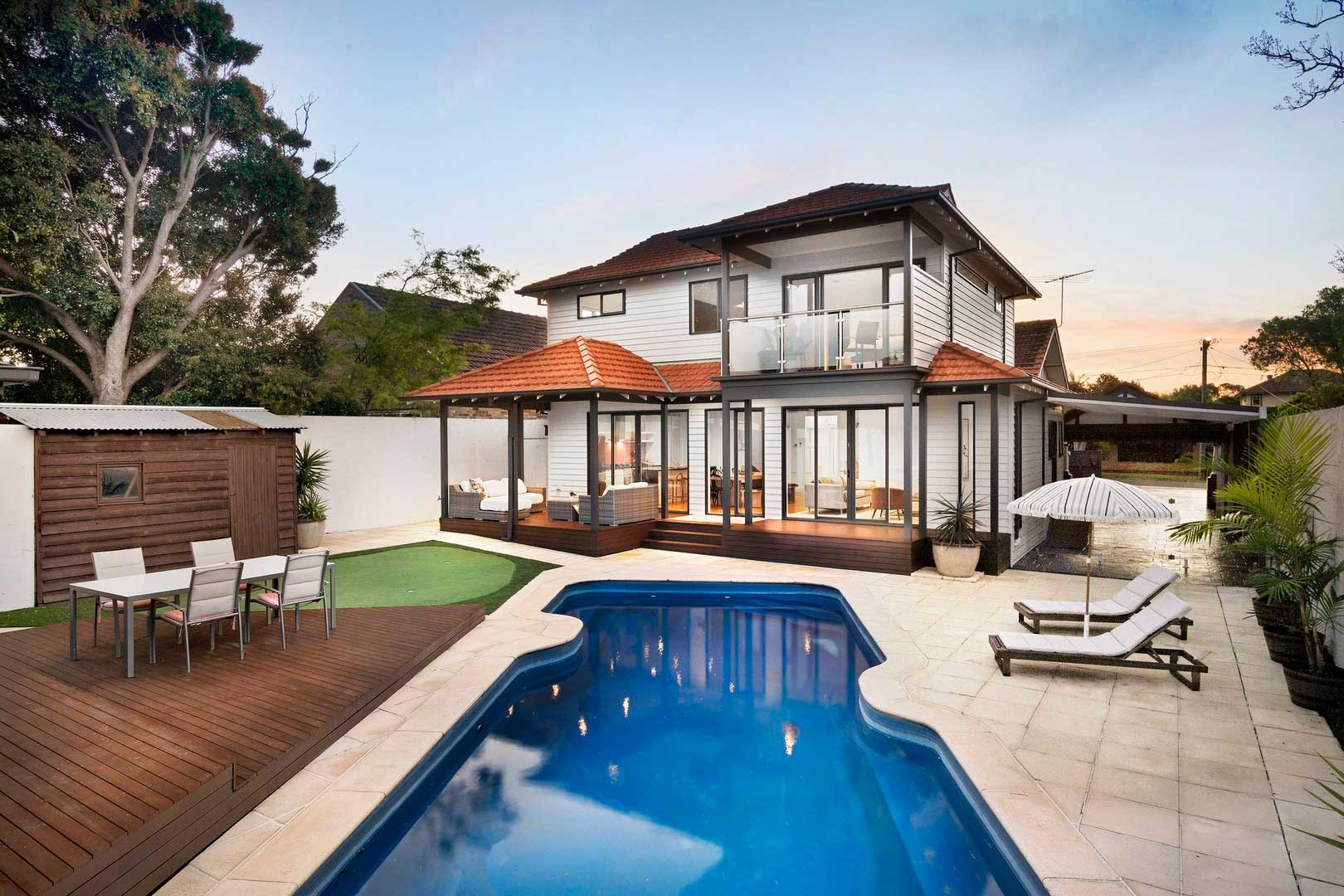 Kingston – Summer 2024/25 Market ReviewRead Article
Kingston – Summer 2024/25 Market ReviewRead Article -
 Boroondara – Spring 2024 Market ReviewRead Article
Boroondara – Spring 2024 Market ReviewRead Article -
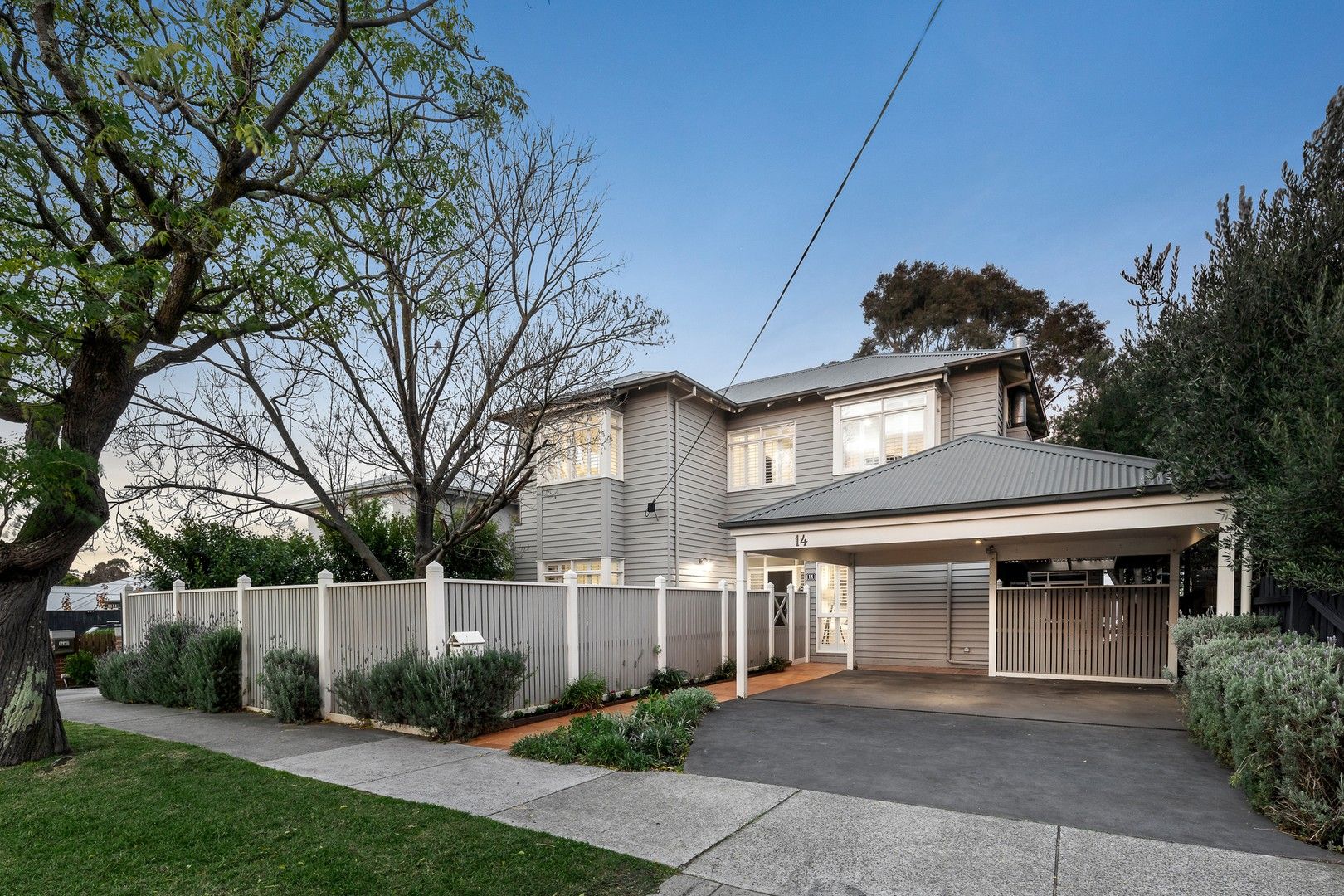 Kingston – Winter 2024 Market ReviewRead Article
Kingston – Winter 2024 Market ReviewRead Article -
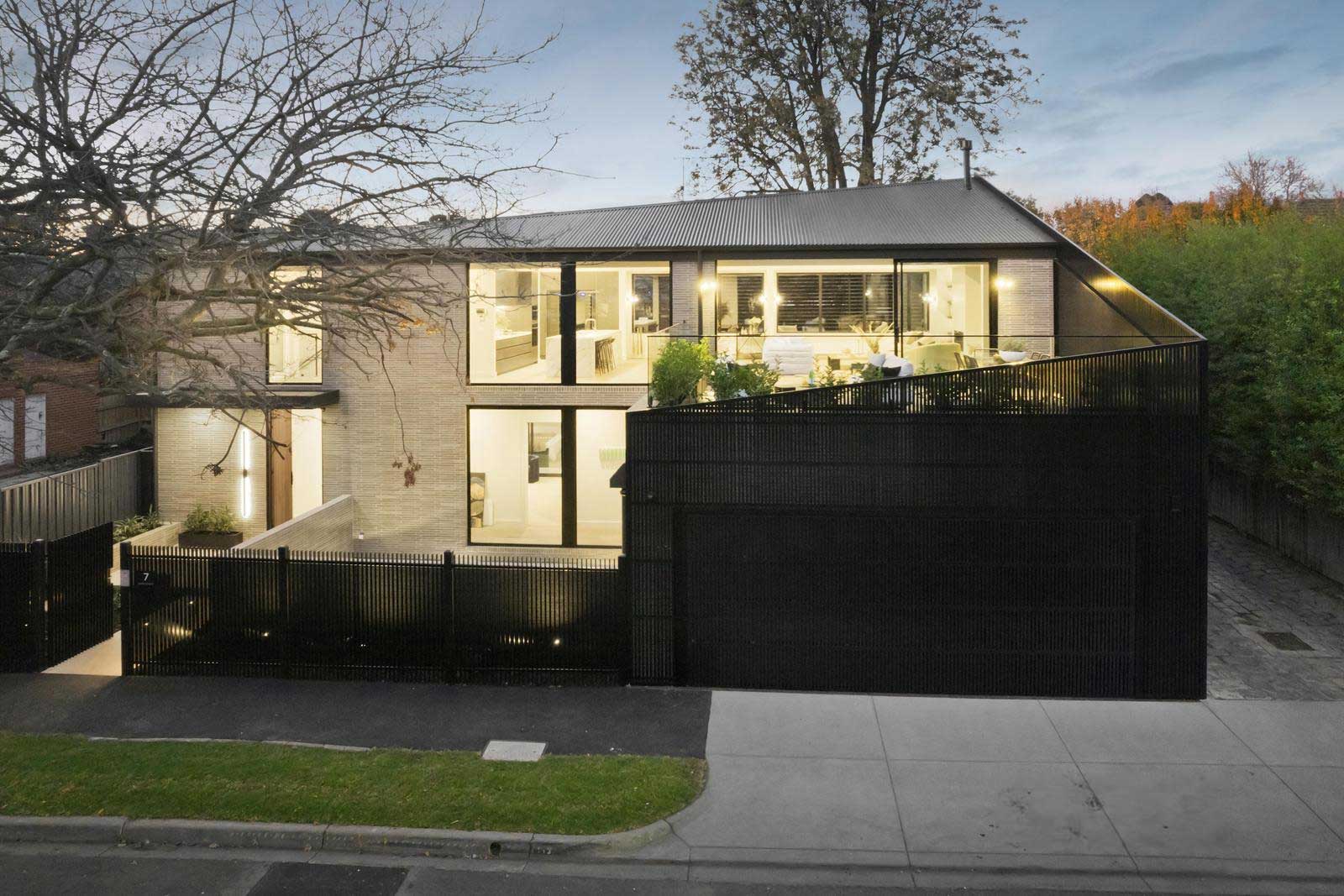 Boroondara – Winter 2024 Market UpdateRead Article
Boroondara – Winter 2024 Market UpdateRead Article -
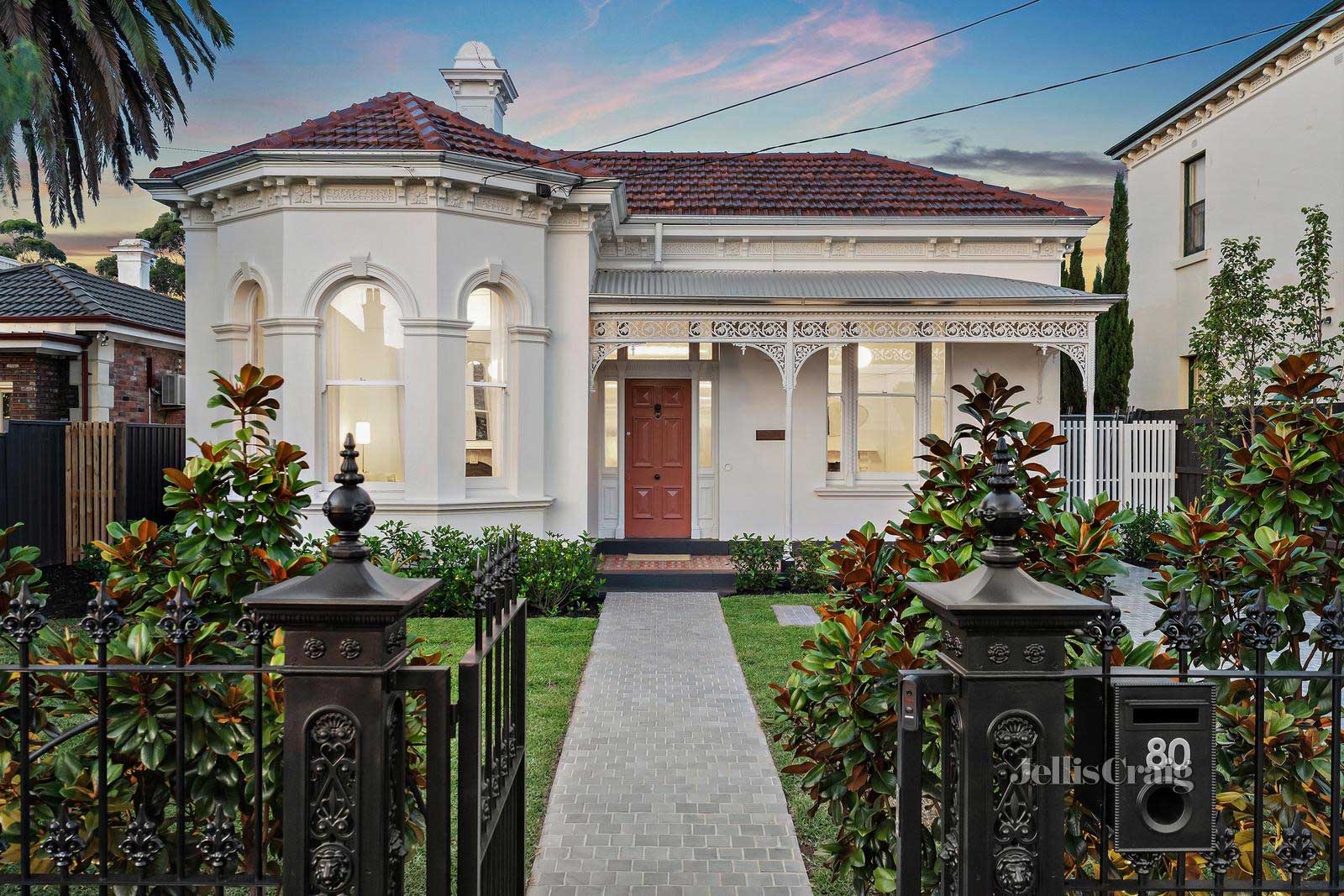 Melbourne Inner North – Winter 2024 UpdateRead Article
Melbourne Inner North – Winter 2024 UpdateRead Article -
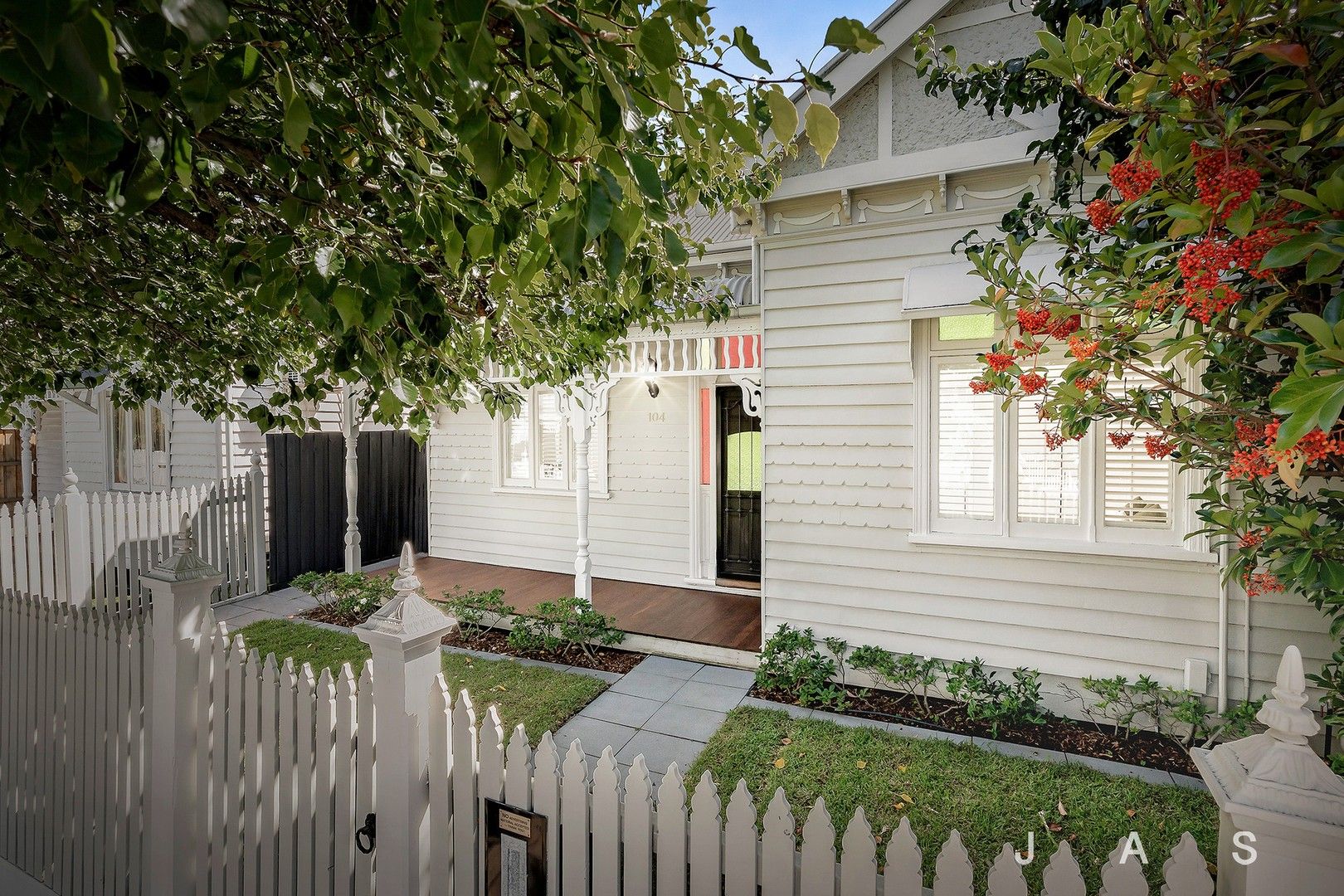 Melbourne Inner West / North – Winter 2024 UpdateRead Article
Melbourne Inner West / North – Winter 2024 UpdateRead Article
The first step in your property journey, whether it be buying or selling, is gaining clarity on your situation.

